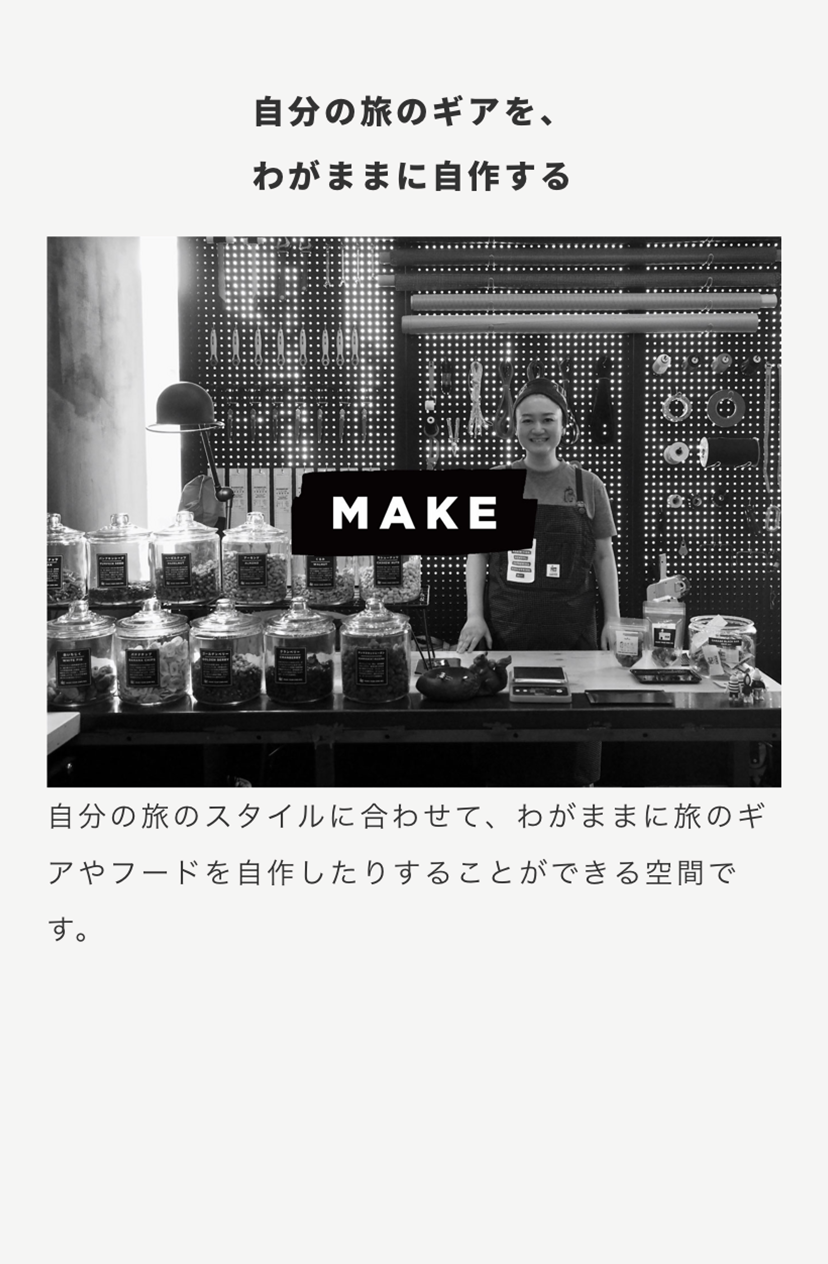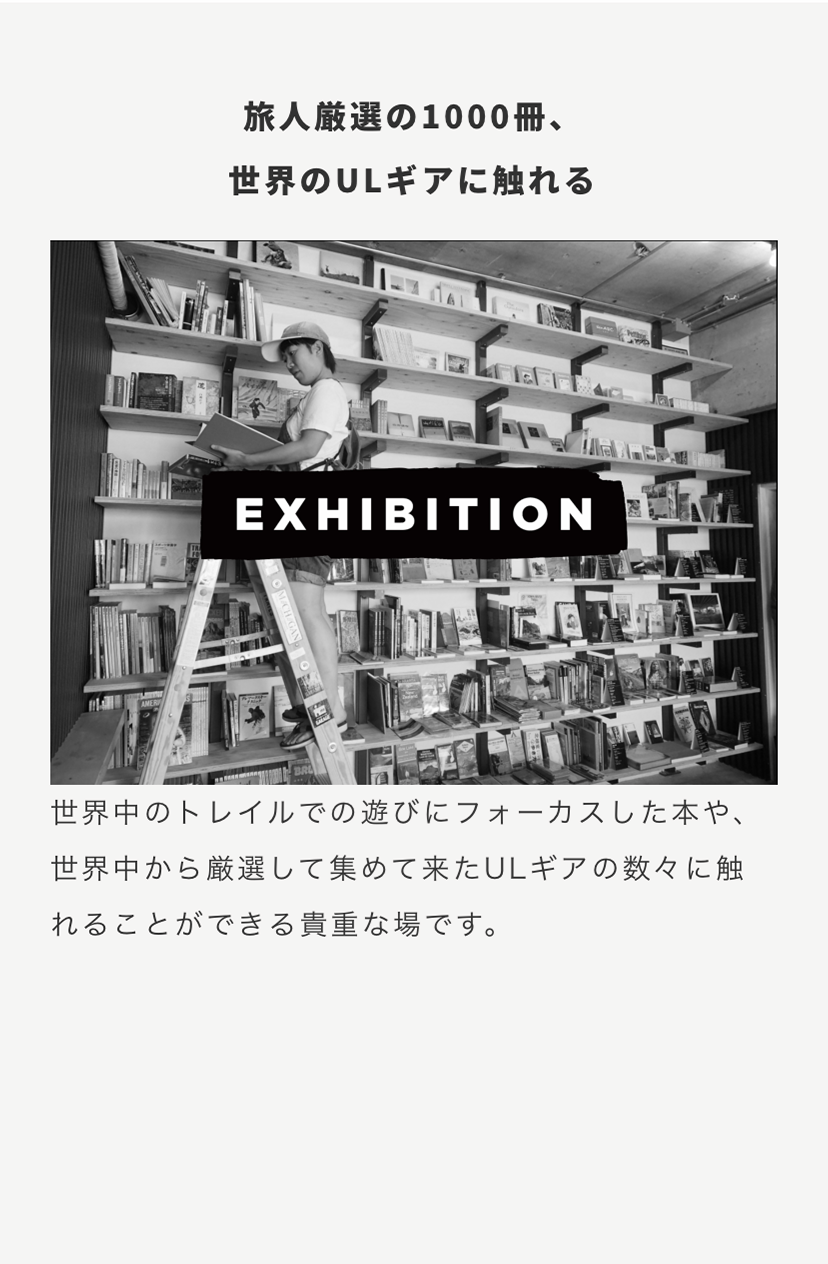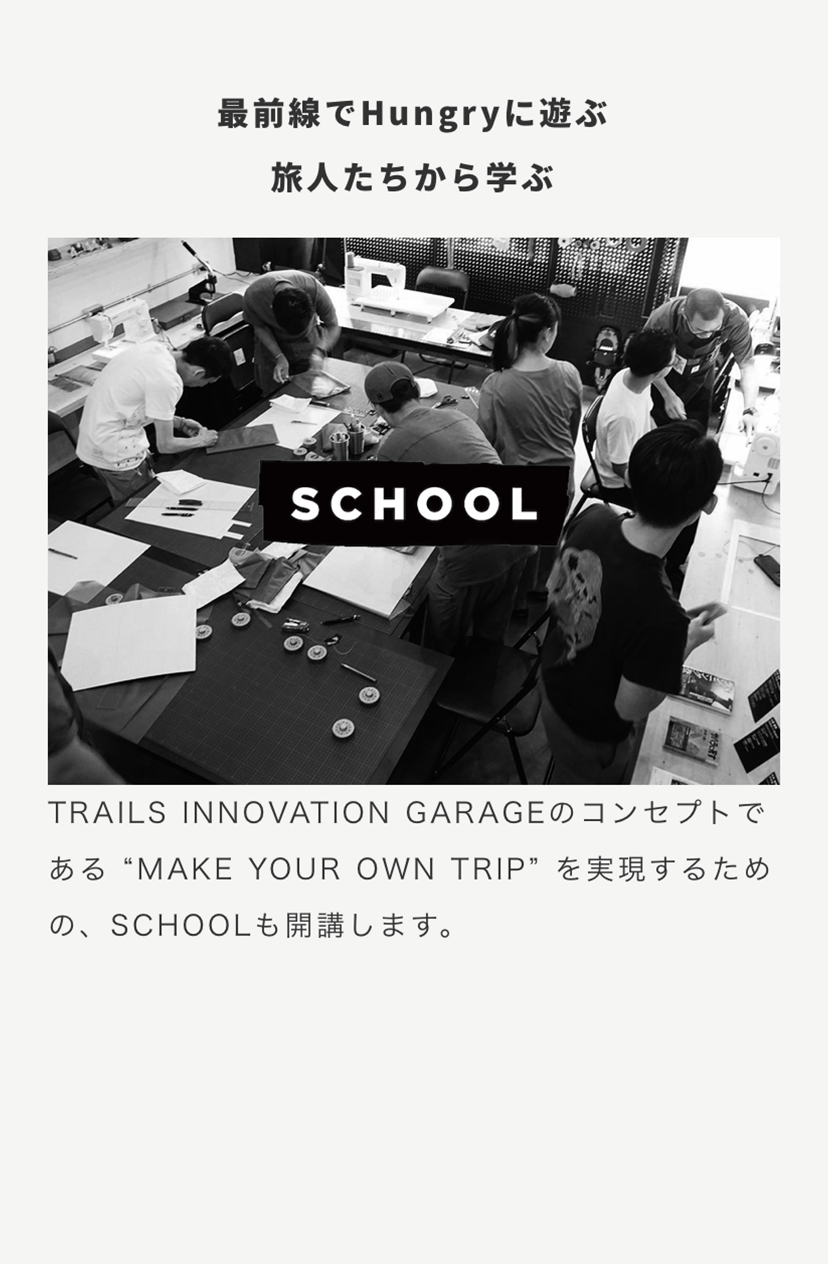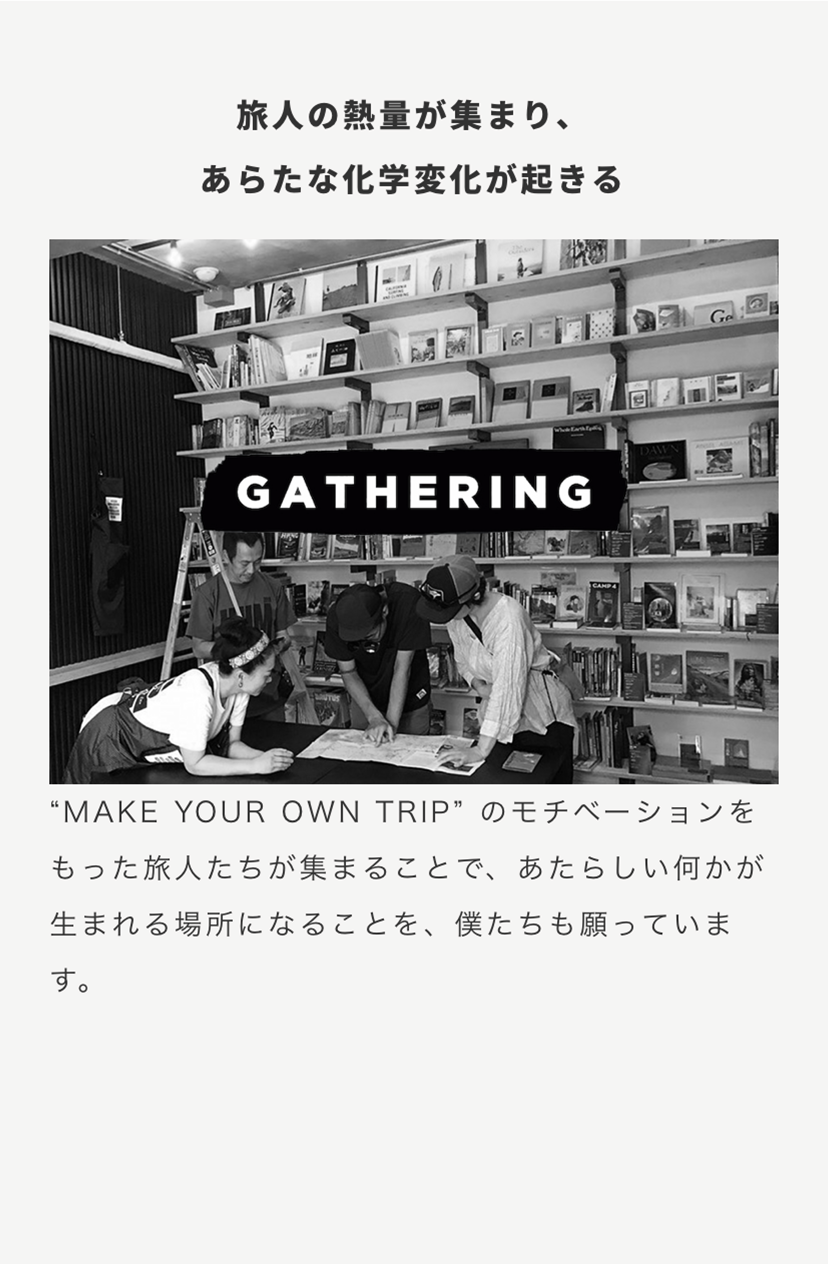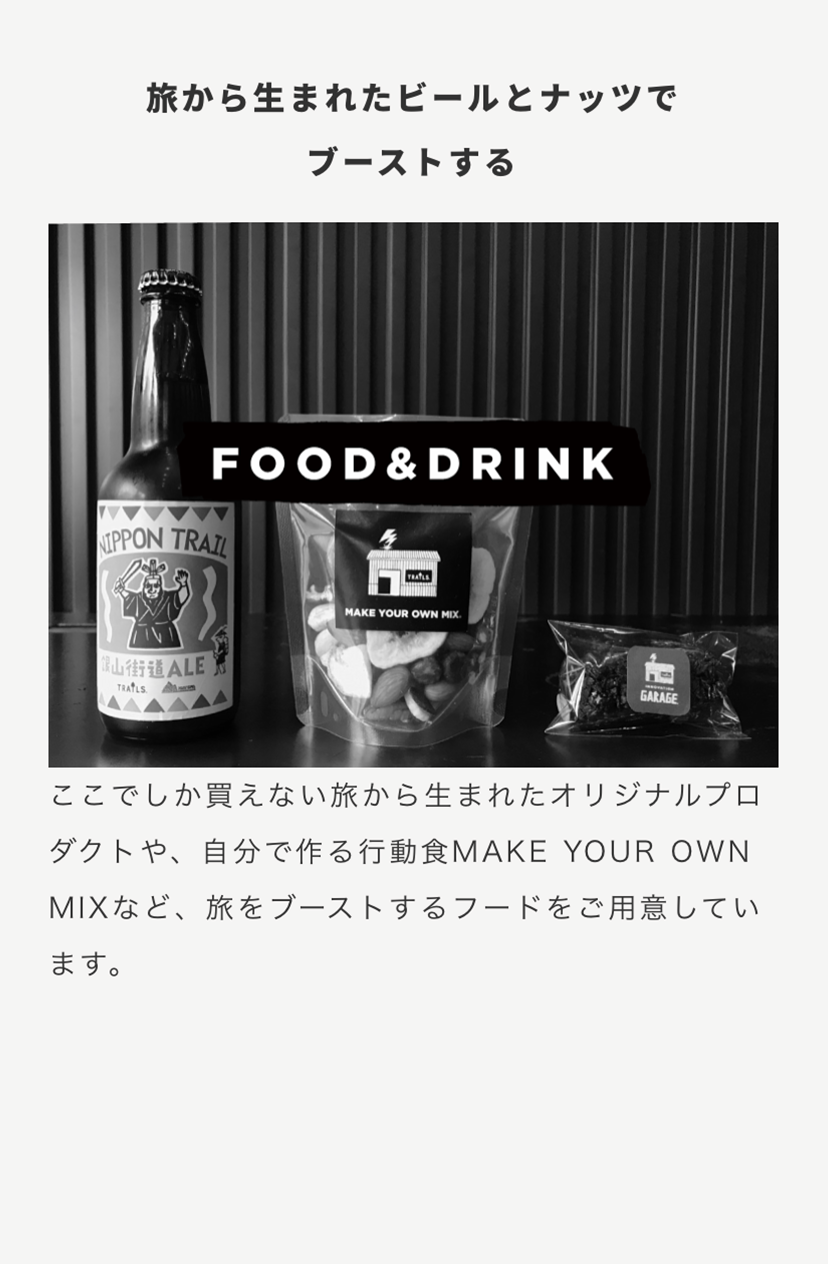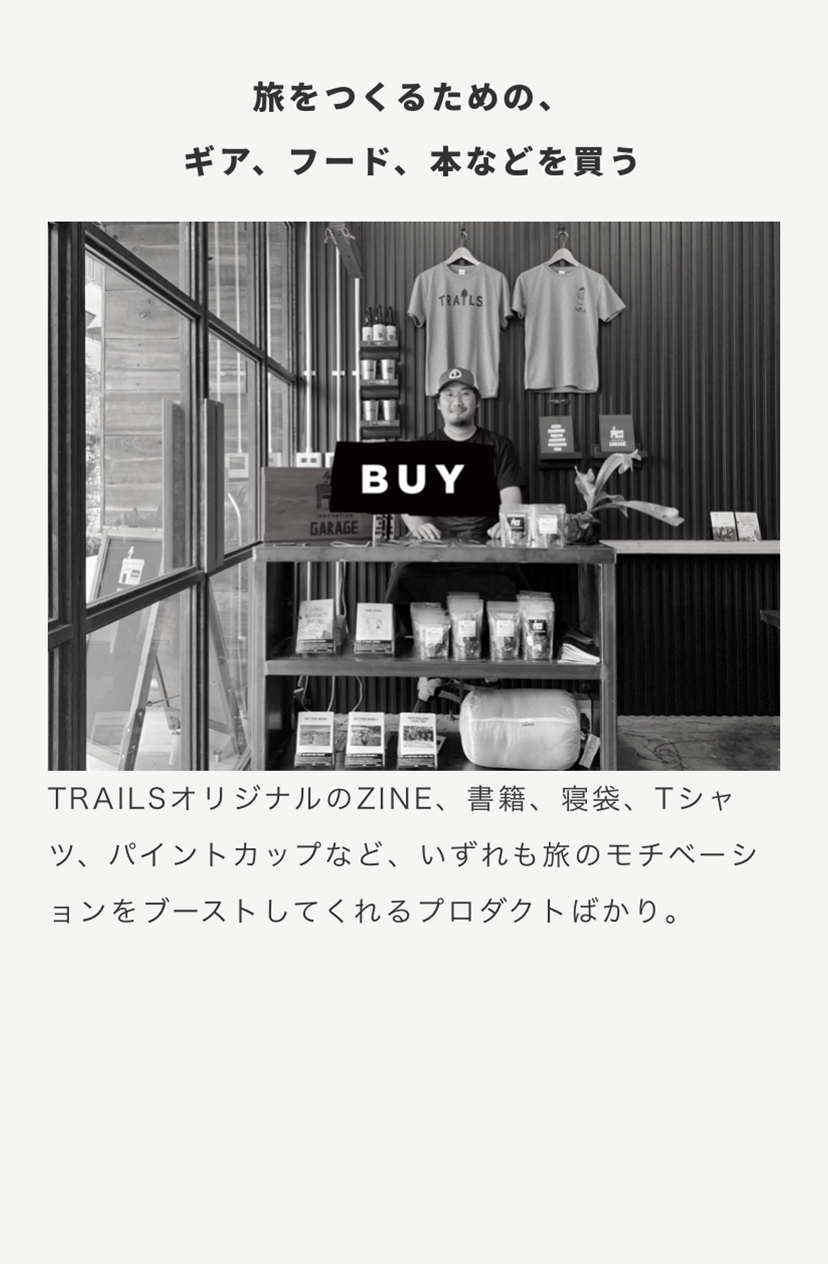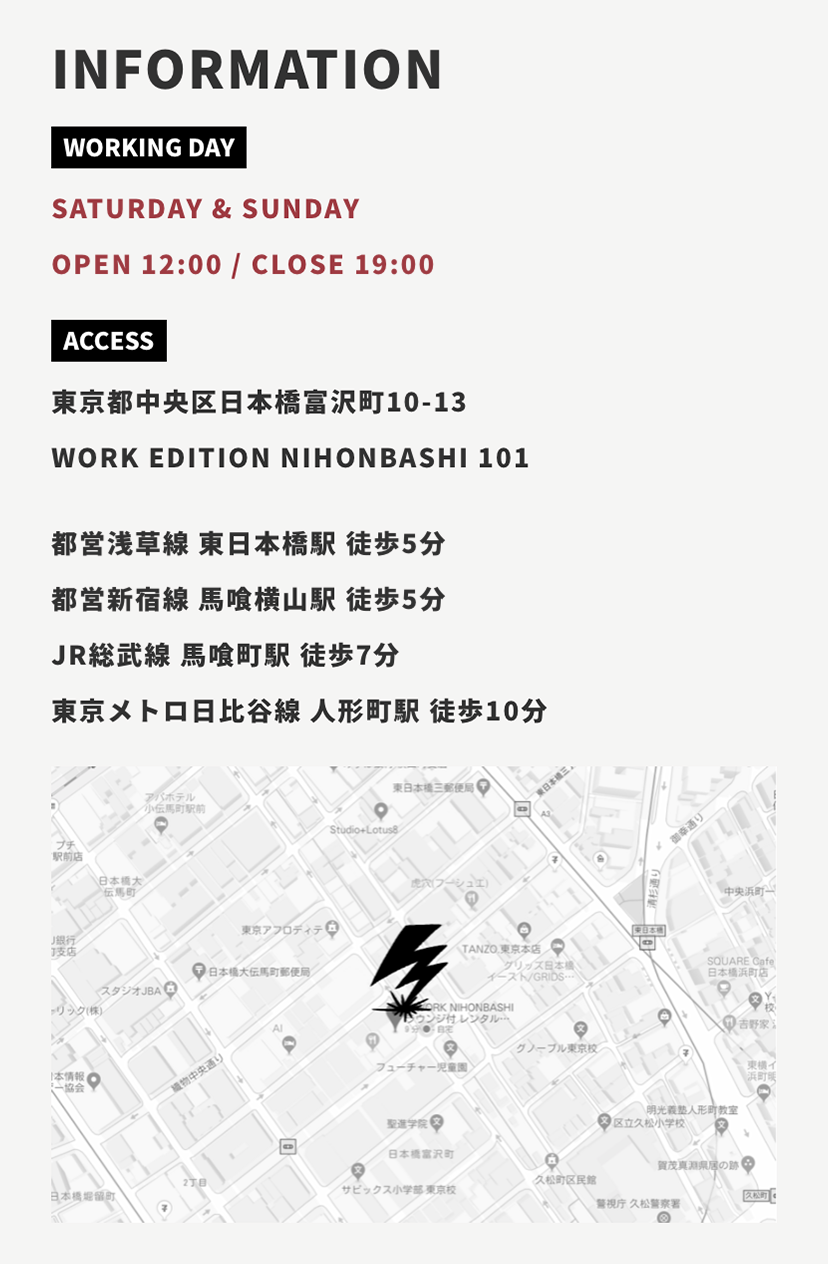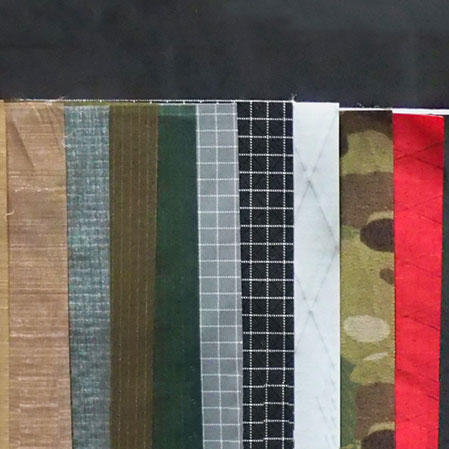リズ・トーマスのハイキング・アズ・ア・ウーマン#12 / 女性用ギアの選び方
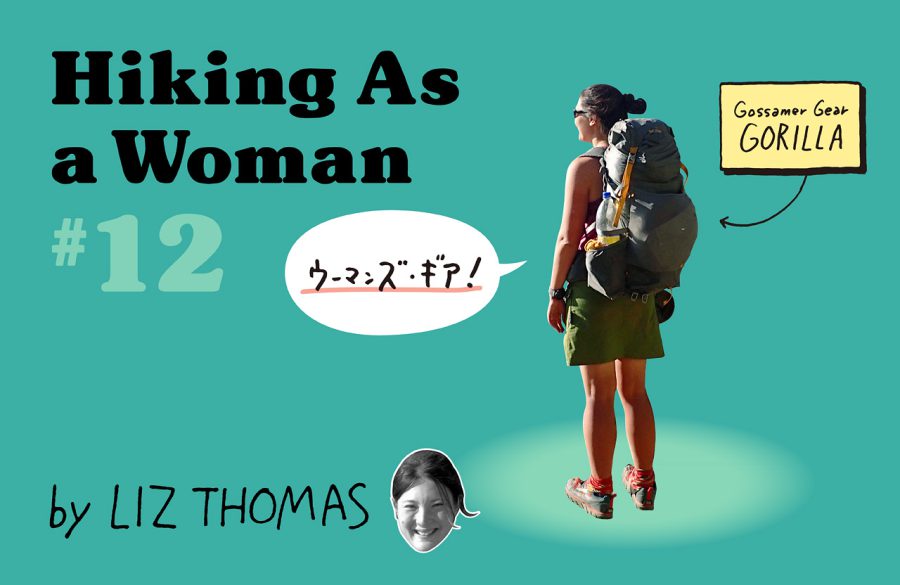
Understanding Women’s Specific Gear
Recently, more gear companies are making gear specifically designed for women. But what does “women-specific gear” actually mean? Does it mean that it fits women’s bodies better? Does it keep women warmer? Or does it just look more stylish? Could men find women’s gear to be better suited for their performance goals, too? I interviewed women outdoor athletes and outdoor journalist Hannah Weinberger about what they think are the most important factors that influence whether someone should buy women’s gear. Following the history and trends of women’s gear, I suggest how all outdoor adventurers can make better decisions on choosing gear.
This spring, Journalist Hannah Weinberger first asked me the question of “what is women’s specific gear” for a story she was writing about women’s gear. We spent weeks bouncing ideas off one another. For her story, she interviewed over a dozen female athletes and gear designers in many outdoor sports. After weeks of frustration, she realized there was no consensus between the athletes or companies as to what “women’s specific gear” actually means.
Weinberger found that there is some history, economics, and prejudice related to women’s gear. For decades, there was a myth that there aren’t many women outdoor recreationists, so it wouldn’t make financial sense for outdoor companies to invest in women’s gear.
“It doesn’t happen as much anymore, but many people thought products marketed to women were for beginners,” she told me. But the problem is that when women’s models are treated like the beginner’s model, gear designers were making a dangerous assumption: that women would never excel to the top level of their sport.
But in recent times, there is significant evidence that is many of these myths are not true. Recent studies show women make up more than half the people enjoying the outdoors.
Furthermore, women compete and are involved at the highest levels of all outdoor activities. This is especially true for distance backpacking where women like Heather Anderson and Jennifer Pharr Davis have out-hiked men on major long trails.
That’s why recently, some companies have invested significant time and money into figuring out how to make quality women’s gear. Last year, the US-outdoor market saw a big push for more women’s outdoor activities. Powerhouse American outdoor gear store REI held hundreds of women’s-only outdoor events across the country as part of their Force of Nature marketing campaign. I spoke at one of these events last fall in Portland, Oregon. It was clear to me that there’s a lot of talk, energy, and excitement around the role of women in the outdoors. That’s when I realized it would mean soon, there would be more options in women’s gear.
Yet, even now, many gear companies design women’s gear through a process derisively called “shrink it and pink it.” “Shrink and pink” is an illusion to when a gear company takes a men’s design, makes it smaller, and change the color…to pink. Then, they call that product the “women’s model.”
The shrinking and pinking process can yield a women’s product that is less convenient to use. “The biggest joke in women’s gear is pockets,” Weinberger told me. “Why are pockets on women’s gear so small? Why would designers take away pockets from women’s gear?” She suspects the reason is because women’s gear is often smaller versions of the men’s version. “There’s not as much space for big pockets.”
Since gear companies haven’t developed a uniform meaning of what “women specific” gear means, here is a guide that I use to help people of all genders decide what gear to purchase.
Reflect on your performance needs and goals: Before you purchase your gear, decide what you hope to accomplish with it. If you are getting into a new activity, you probably don’t need the top-of-the-line model. If you’ve been doing your activity for a while and have a good idea of the difficulty of your next trip, you should opt for more technical gear. Whatever gear you choose, it should be appropriate for the temperatures, climate, and ecosystems you will be traveling. Your gear choices should match your skillset and experience.
Think about how your gear’s fit may impact your performance: When choosing between women’s or men’s gear, fit can sometimes impact your performance. For some activities, fit can impact beginners’ performance just as much as the pro-athletes. For other activities, pro-athletes will care more about getting a perfect fit, but beginners don’t need to worry as much.
Think about trying to hike in shoes that don’t quite fit. Wearing ill-fitting shoes can be painful for the beginner or expert alike. No matter your level, uncomfortable shoes will impact performance, speed, and enjoyment of the hike. For hiking, finding shoes that fit well is imperative. Shoes are a good example where a woman may want to consider women’s shoes. Men’s shoes tend to be wider than women’s shoes. But some women, especially thru-hikers, find that their feet have become too wide for most brands of women’s shoes, so opt for the men’s model.
Weinberger gives the advice that “fit matters for clothing on your body. You want something tailored that won’t chafe or deprive you of performance features like wicking.”
But compared to apparel, she thinks gendered fit is more of a marketing hype for hard goods. Skis, bikes, snowboards, and kayak paddles are among the most expensive gear items outdoors people purchase. Yet Weinberger doesn’t think that gender matters as much. “Fit on hard goods still need to be dialed in.” But with hard goods, “body shape doesn’t matter, body dimensions do.”
For all gear items, you may find that the gendered gear item best for you does not align with your gender. My hiking partner, guidebook author David Harris, told me that he prefers using women’s hiking poles on his section-hike of the PCT. He told me that the women’s poles are made for people shorter than 175 cm. The women’s hiking poles weigh 90 g less. Thru-hikers strive to get the lighest gear possible. As a man shorter than 175 cm, choosing the women’s poles was an easy decision. Many thru-hiker men will opt for a women’s sleeping bag for the same reason. A women’s bag will be shorter in length, saving up to 200 g of weight.
Choose gear based on whether it has the features you need to conveniently and productively enjoy the outdoors: Outdoorspeople know that often it is the small features that make the difference between a good piece of gear and an almost non-functional item. But sometimes, gear companies chose to removal vital features from women’s gear.
As mentioned above, a common complaint about women’s apparel is a lack of pockets. Thru-hiker and Triple Crowner Naomi Hudetz wears a men’s sunshirt for hiking in dry, exposed climates. She says the biggest reason is pockets. “The men’s [shirt has] pockets [that] are bigger and the zipper is much easier access.” In contrast, the women’s version of the same sun shirt uses button patch pockets to close. “I probably wouldn’t even use the [women’s version’s] button pockets because they’re too much of a hassle.”
Choose based on fit: Whether you are buying clothing, a backpack, a bike, or skis, choose gear that fits your body. Women-specific gear often is designed around an average woman’s body. But an average woman’s body is not necessarily your body. The better you know your body and how you like gear to fit for your outdoor activities, the better you will be able to decide whether women’s or men’s or unisex gear is better for you.
For apparel in particular, take care that torso length and sleeve and leg length is appropriate. Make sure pants fit well on your waist and don’t ride up or down during movement.
Depending on your body, you may find that apparel that corresponds with your gender doesn’t actually fit. Hudetz told me that another reason why she opted for the men’s sunshirt for hiking is the torso length. “I have a long torso for my height and I’m tired of shirts that are too short getting bunched up under my [backpack’s] hipbelt. Men’s shirts are always longer.” She also notes, “Women’s shirts tend to be more tailored which means I need to size up if I want [my broad] shoulders to fit.” When she wears these too-big women’s sun shirts, “I look like I’m wearing a tent.”
Where is your gear company based? One thing that all outdoors people need to know is that sizing differs between gear companies. Often gear companies will tailor their sizing to where they are selling their gear. For example, Patagonia offers Japanese sizing when selling gear in Japan. This is because Asian people on average have a different height and weight than American people. Similarly, Japanese company Montbell sells some items in bigger “American sizing” in their American market. Many European gear companies size somewhere between American gear companies and Asian gear companies.
Smaller women be wary about unisex trail gear: Many gear companies, especially cottage manufacturers, will make unisex gear. But because cottage industry gear companies tend to sell more to men than women, that bias will be reflected in their design.
For high-end gear, take advantage of custom gear alteration: Luckily, some cottage gear manufactures for backpacking are able to tailor gear to your request. This means that women can often ask companies to make backpacks with smaller torso lengths or smaller pack straps. Unfortunately, this often comes with a small service surcharge. But for high-end gear, this is something that all athletes may want to consider. Weinberger says that pros or those competing at the highest level of their sport will often get a custom fit anyway. These are the people who care the most about the marginal benefits of having a perfect fit.
Always test or try gear first: Always try on or test your gear before purchasing or taking it in the backcountry. This is important because the gender on your gear doesn’t always match your own gender. Some men find that women’s shoes or bikes work better for their body type. Some women prefer men’s backpacks. It all depends on your body, your performance goals, and what you find comfortable.
The best way to determine if gear fits you is to go into a store and try it on. For cottage gear, find another person in the hiking community who has the item you are curious about. See if that person will let you examine it or try it on. If you are purchasing gear online, find a company that will allow free returns and try on your gear at home.
Think about warmth: Many women report feeling colder than men. There is some data indicating that on average, women’s metabolisms may be lower than men’s, making it so their bodies are slower to warm. That is one reason why the international standard for rating sleeping bag temperatures rates the same sleeping bag by several temperature ratings: a Comfort Limit, Standard Limit, and an Extreme Limit temperature. The Extreme Limit is how low a temperature a standard person can sleep in the bag for six hours without risking hypothermia. The Standard Limit is the temperature where a man could sleep in the bag comfortably. The Comfort Limit is the temperature where a woman can sleep in the bag comfortably. The Comfort Limit is always a higher temperature than the Standard Limit temperature because scientists believe women’s bodies generally run colder than men. Regardless of your gender, if you know you are a “cold sleeper,” opt for warmer sleeping bags or quilts. Similarly, if you are a cold sleeper, consider using a better insulated sleeping pad.
Choose gear that will work with your other gear: As with any gear option, make sure anything new you plan to purchase will work within your gear system. For example, if you buy a new extra warm sleeping bag, will it fit inside the backpack you already have? If you buy a sleeveless shirt, will it cause rubbing when worn with your backpack? If you buy gloves that fit your hands better, can they still be used as a pot holder or tea cozy in camp at night? Have you found hiking poles that are the perfect length for your body—but can’t be used as a pole in your tent? Outdoorspeople know the best gear can serve multiple functions. Choose gear based on all the functions you need it to accomplish?
Don’t get discouraged: It’s difficult for all athletes at all levels to find the “perfect” gear. Using gender labels is one way companies try to make the decision-making easier. But it isn’t a guaranteed way to know whether a gear item is for you. Most outdoor athletes, especially backpackers, have gone through many backpacks, sleeping bags, tents, and apparel looking for the perfect item. Finding the right gear is trial and error, but with some time, research, and patience, you may find what is right for you.
- « 前へ
- 2 / 2
- 次へ »
TAGS:

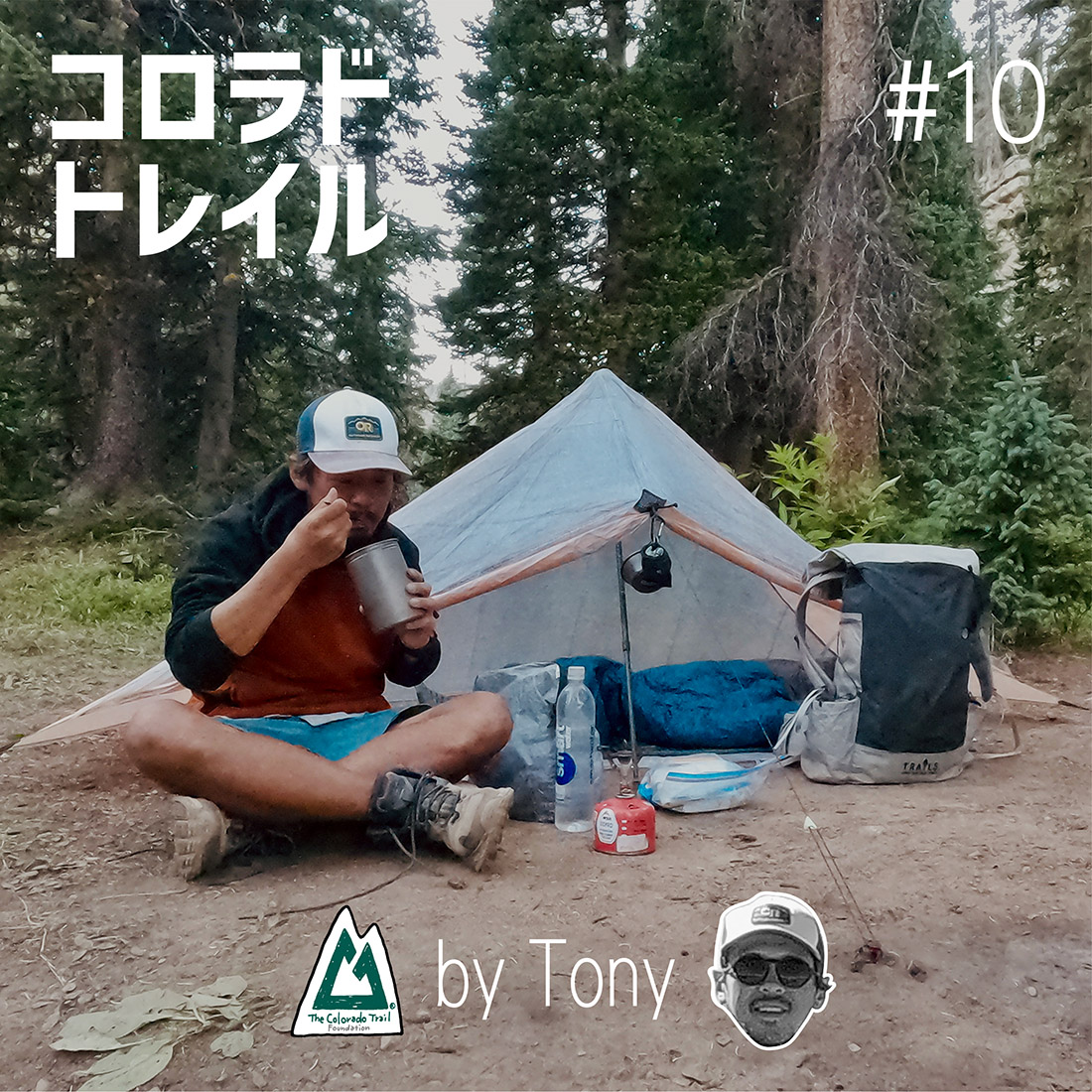
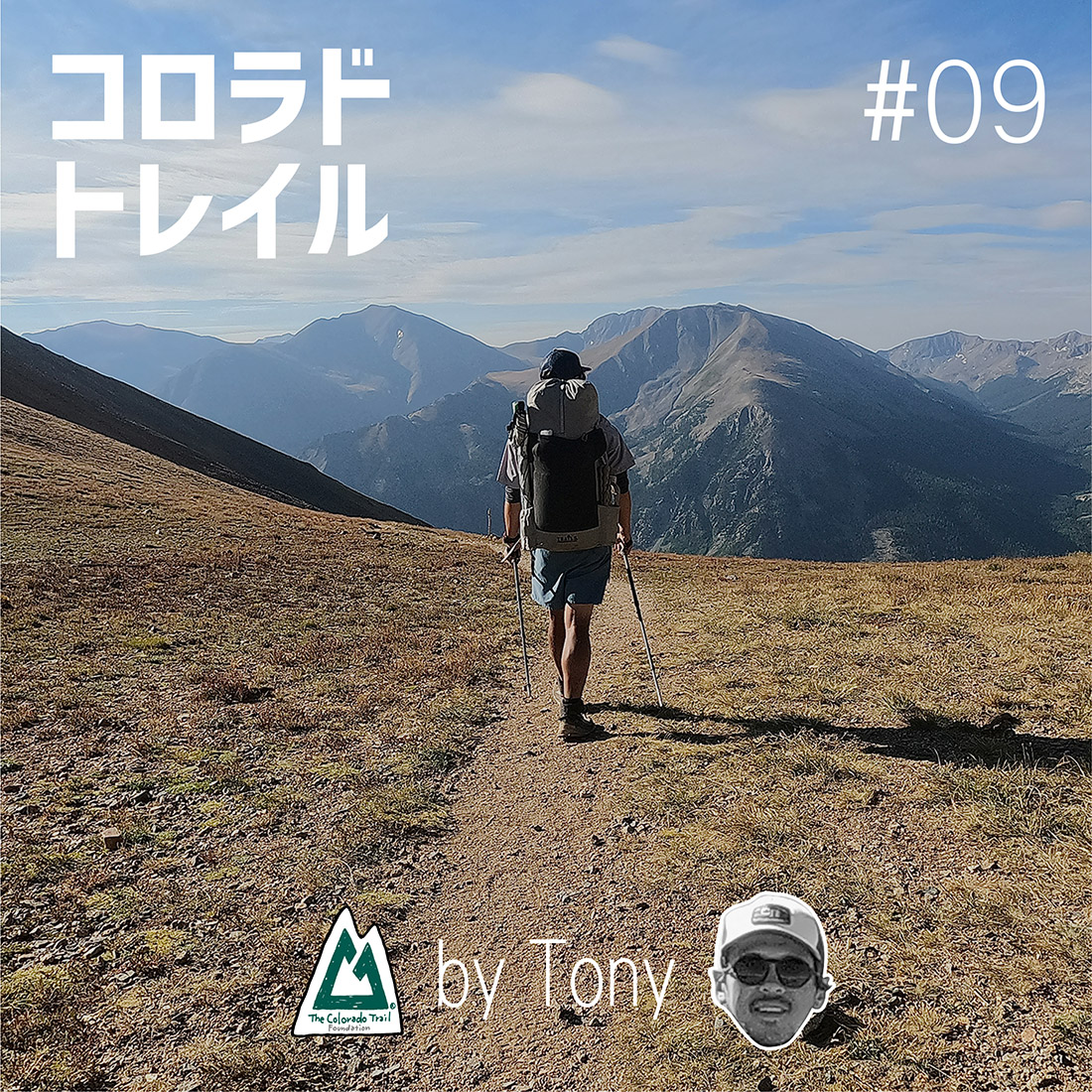

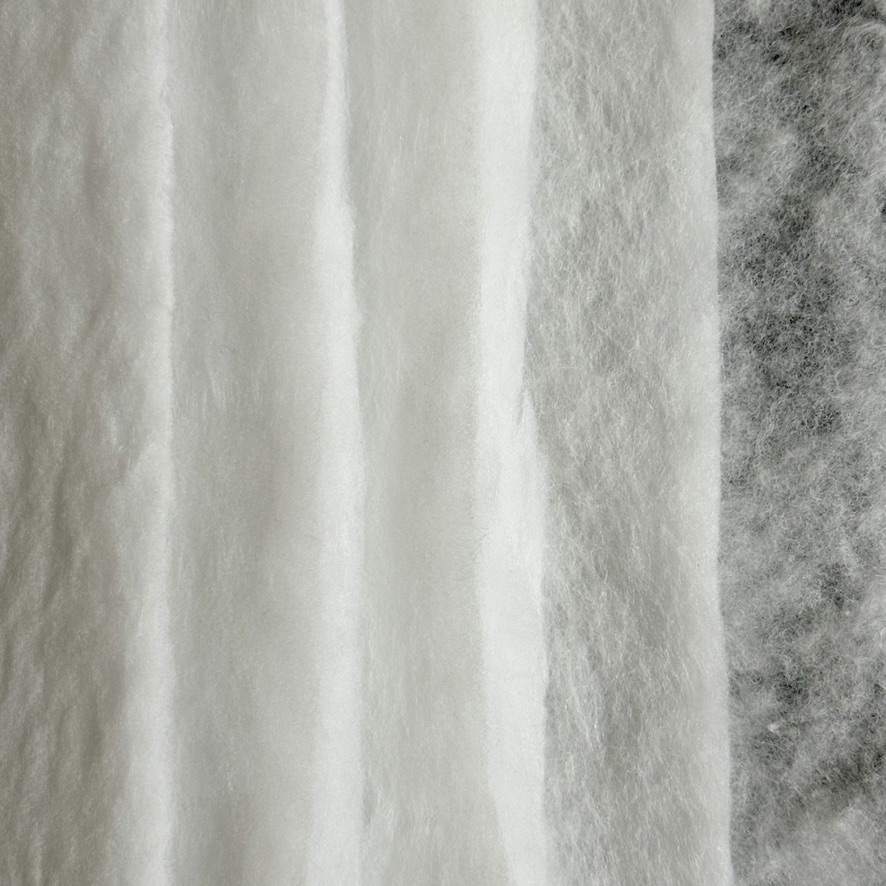
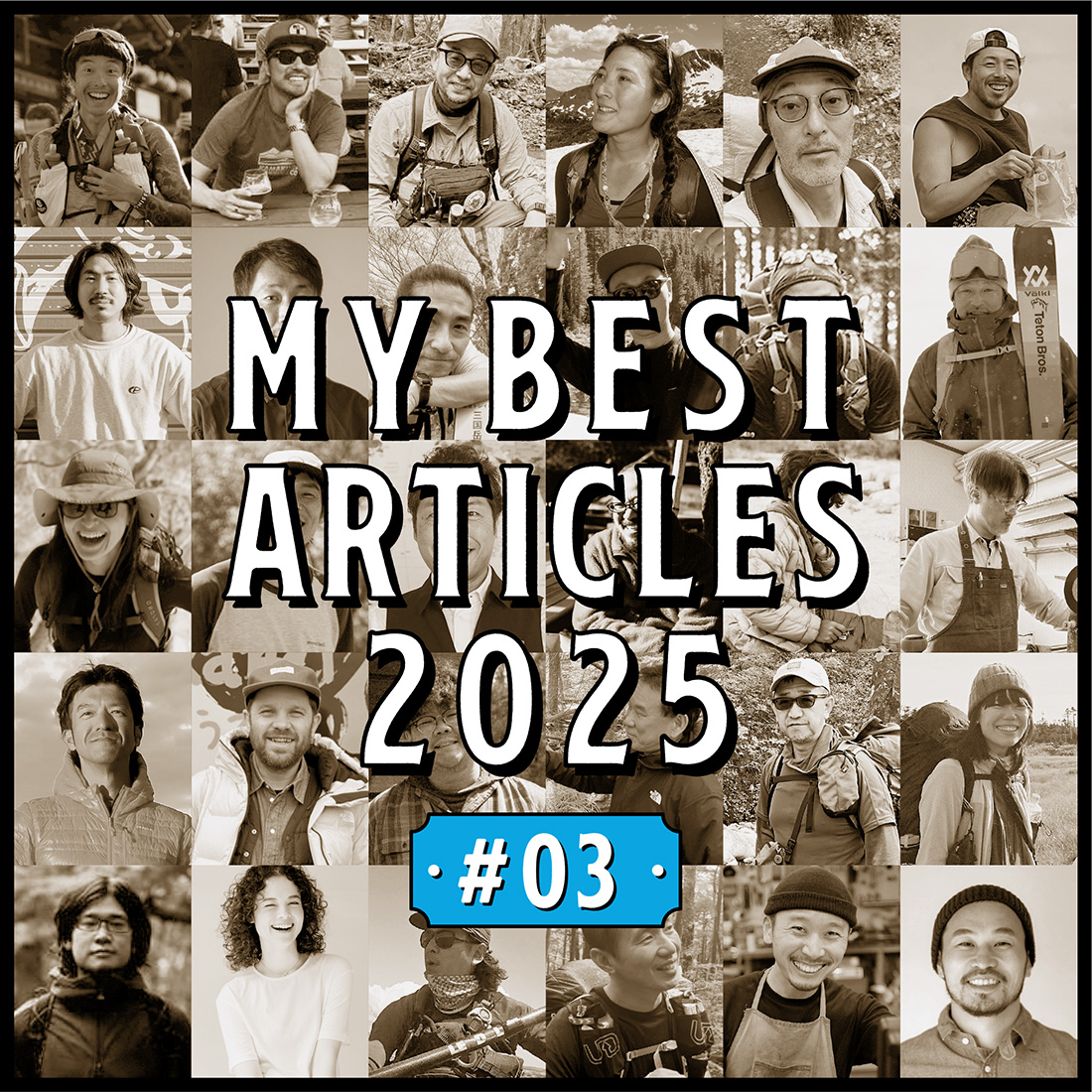
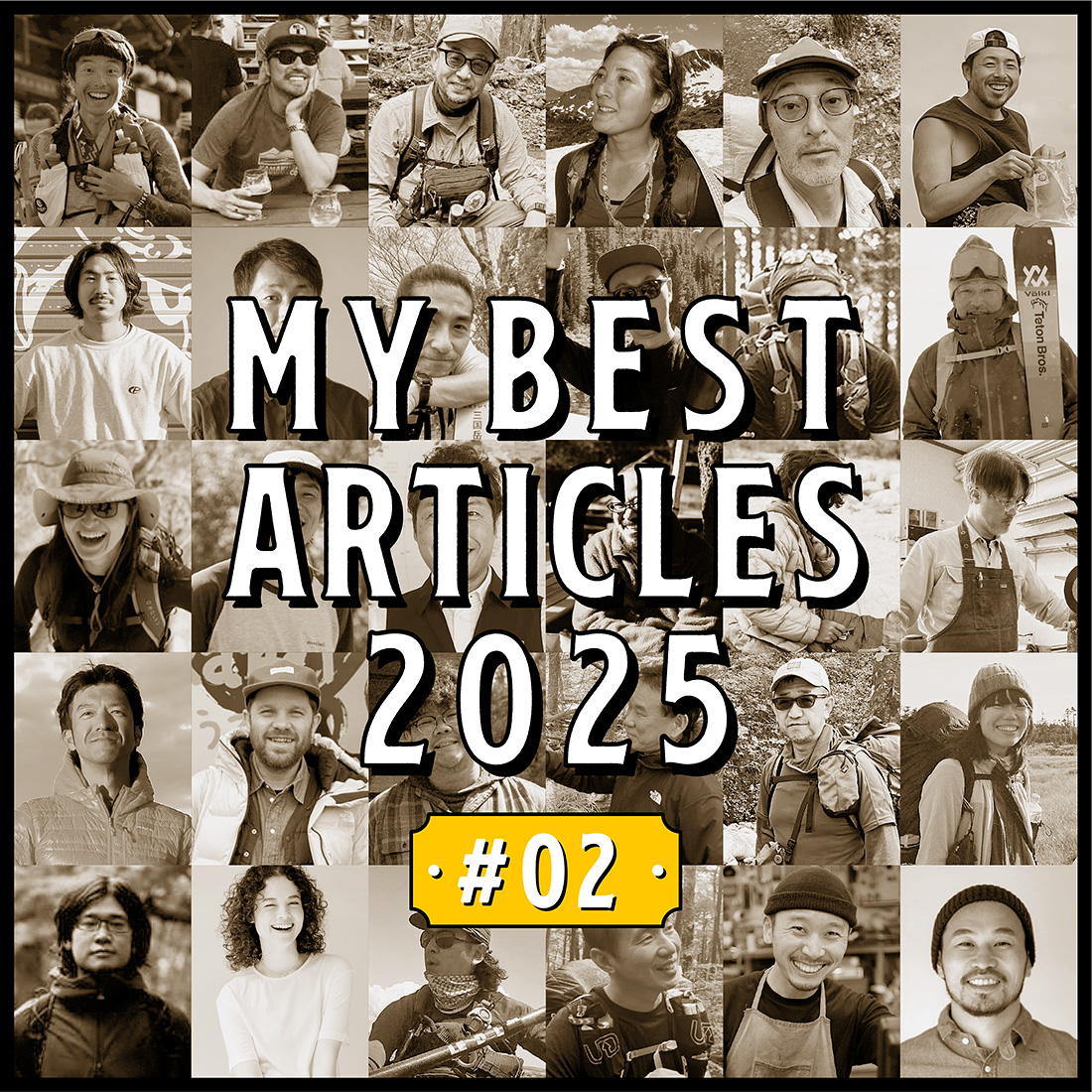
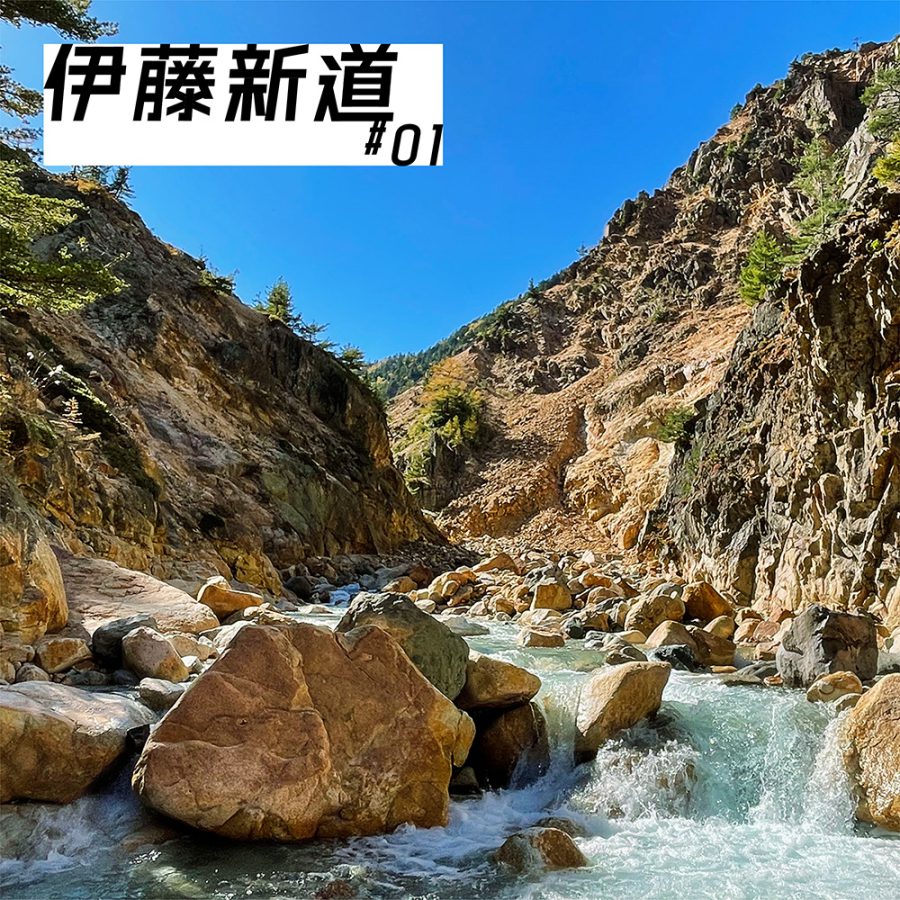
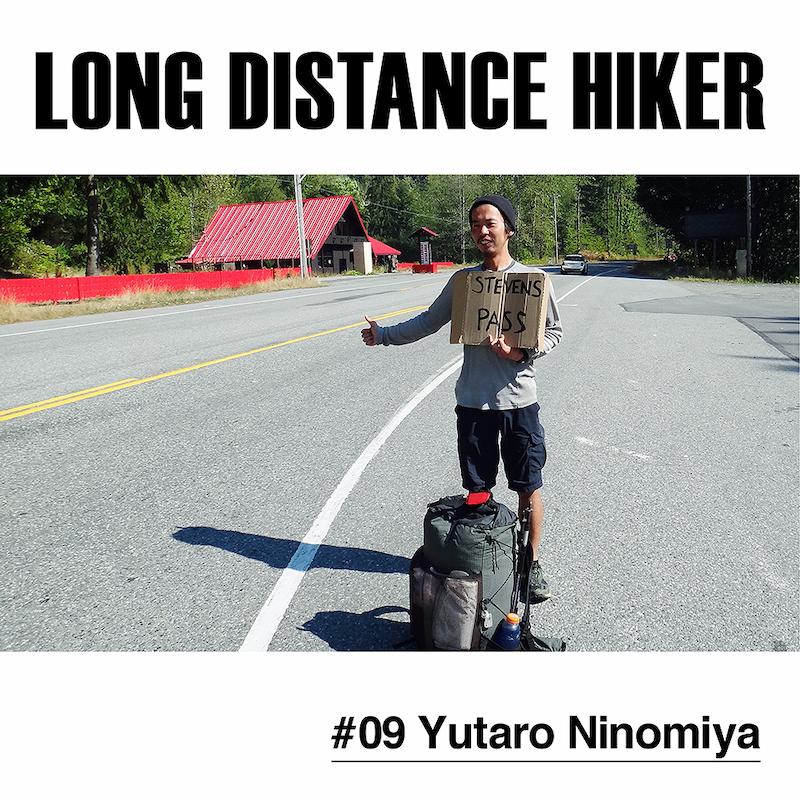
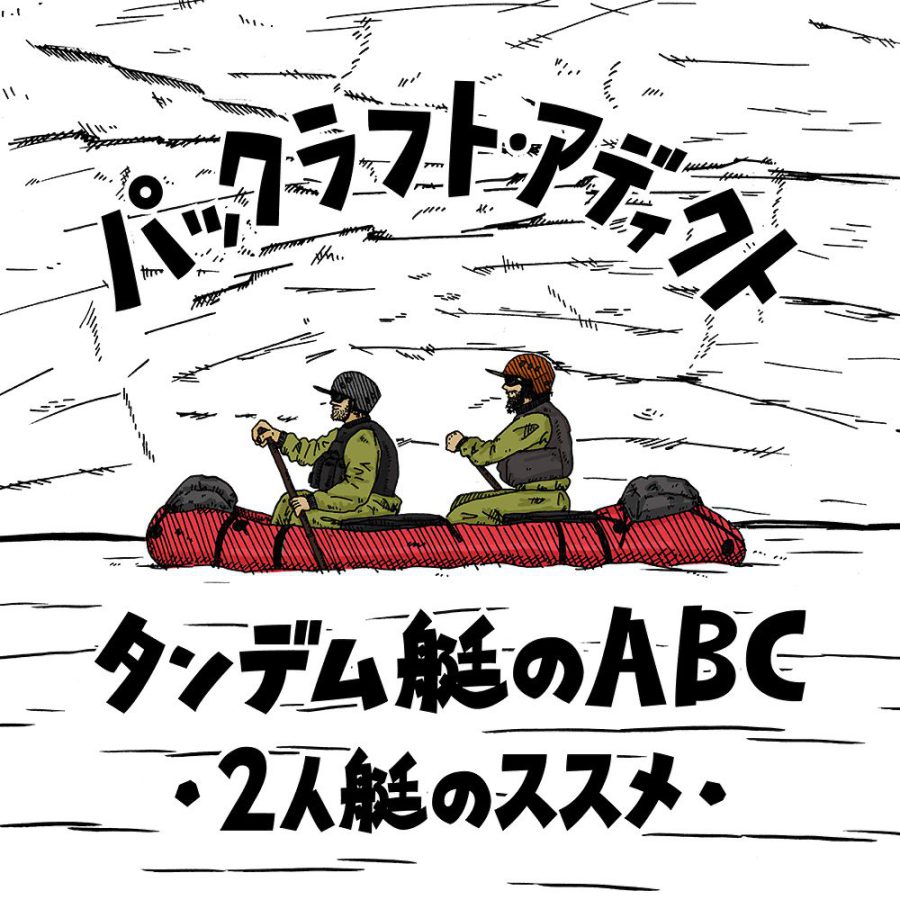
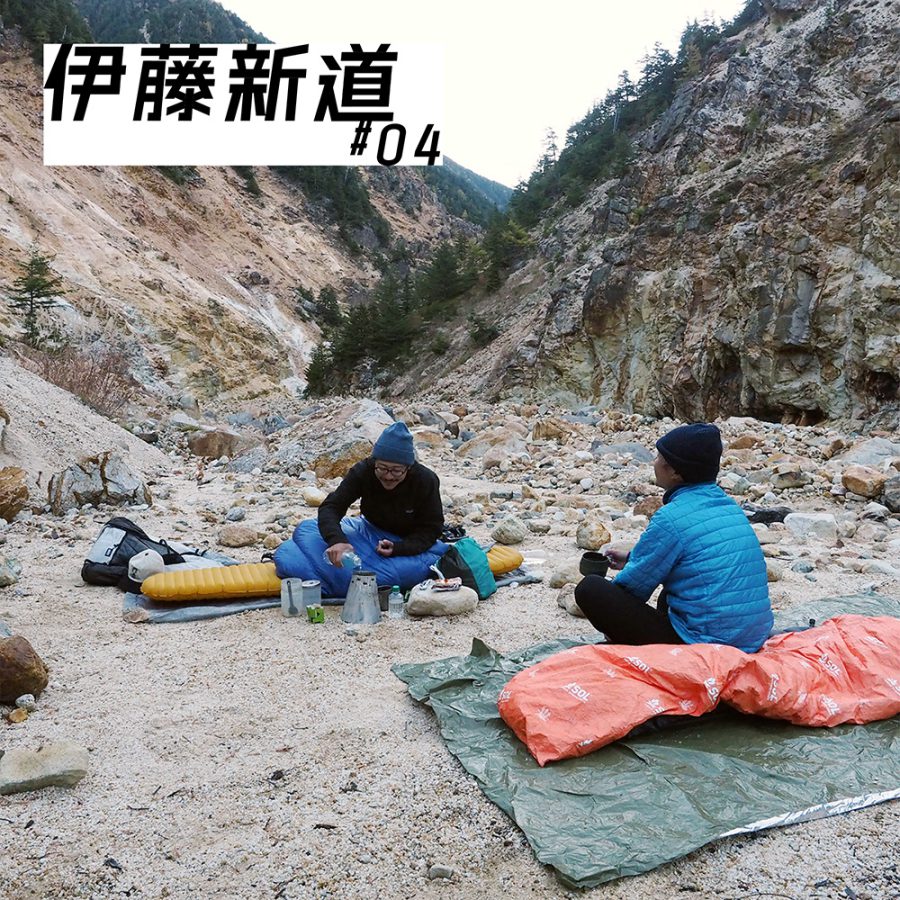
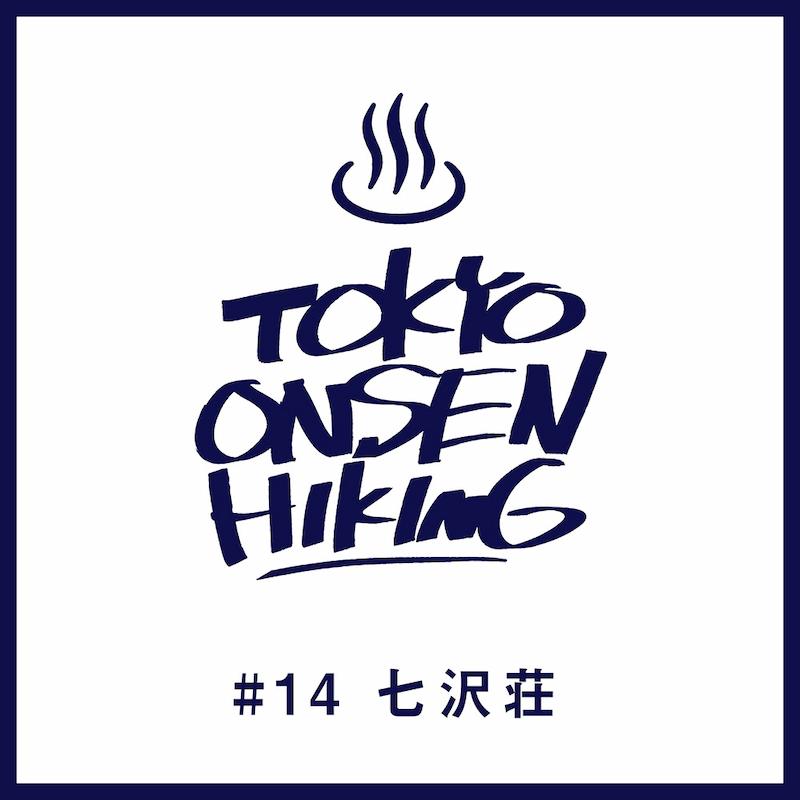

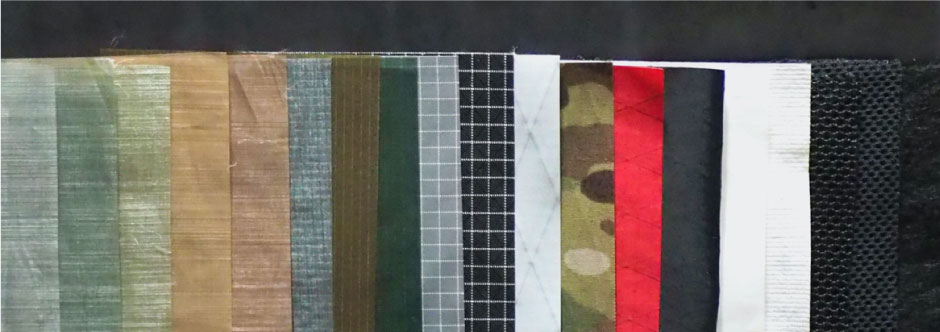
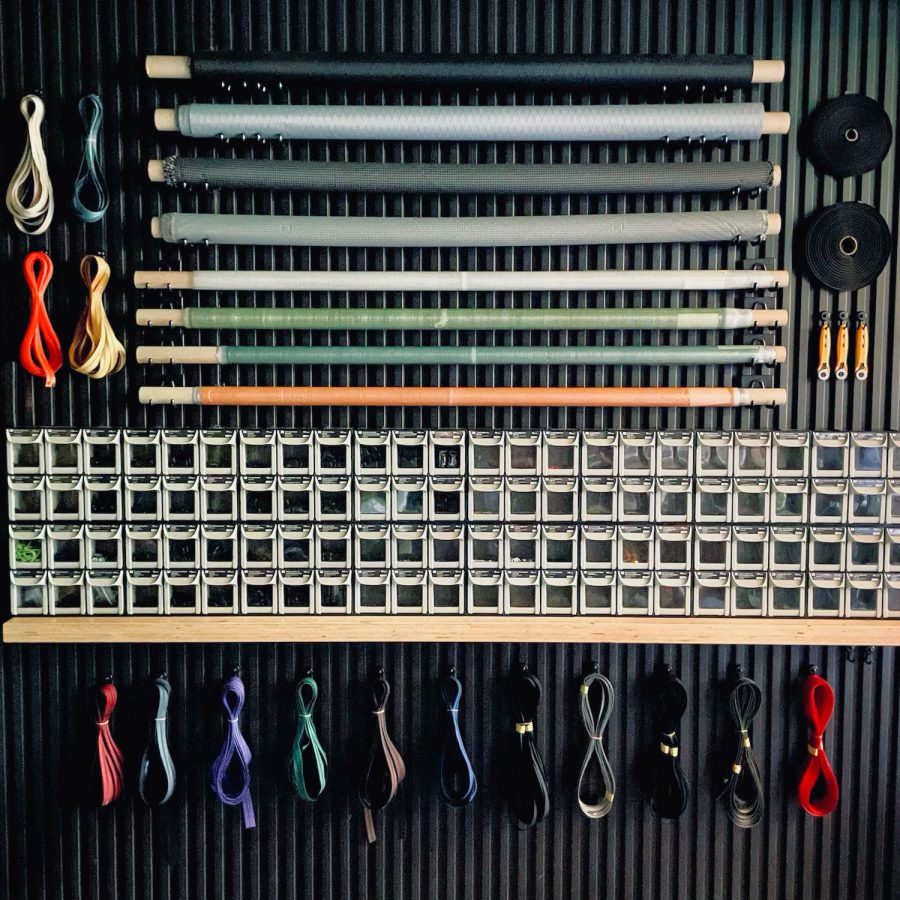 ULギアを自作するための生地、プラパーツ、ジッパー…
ULギアを自作するための生地、プラパーツ、ジッパー… 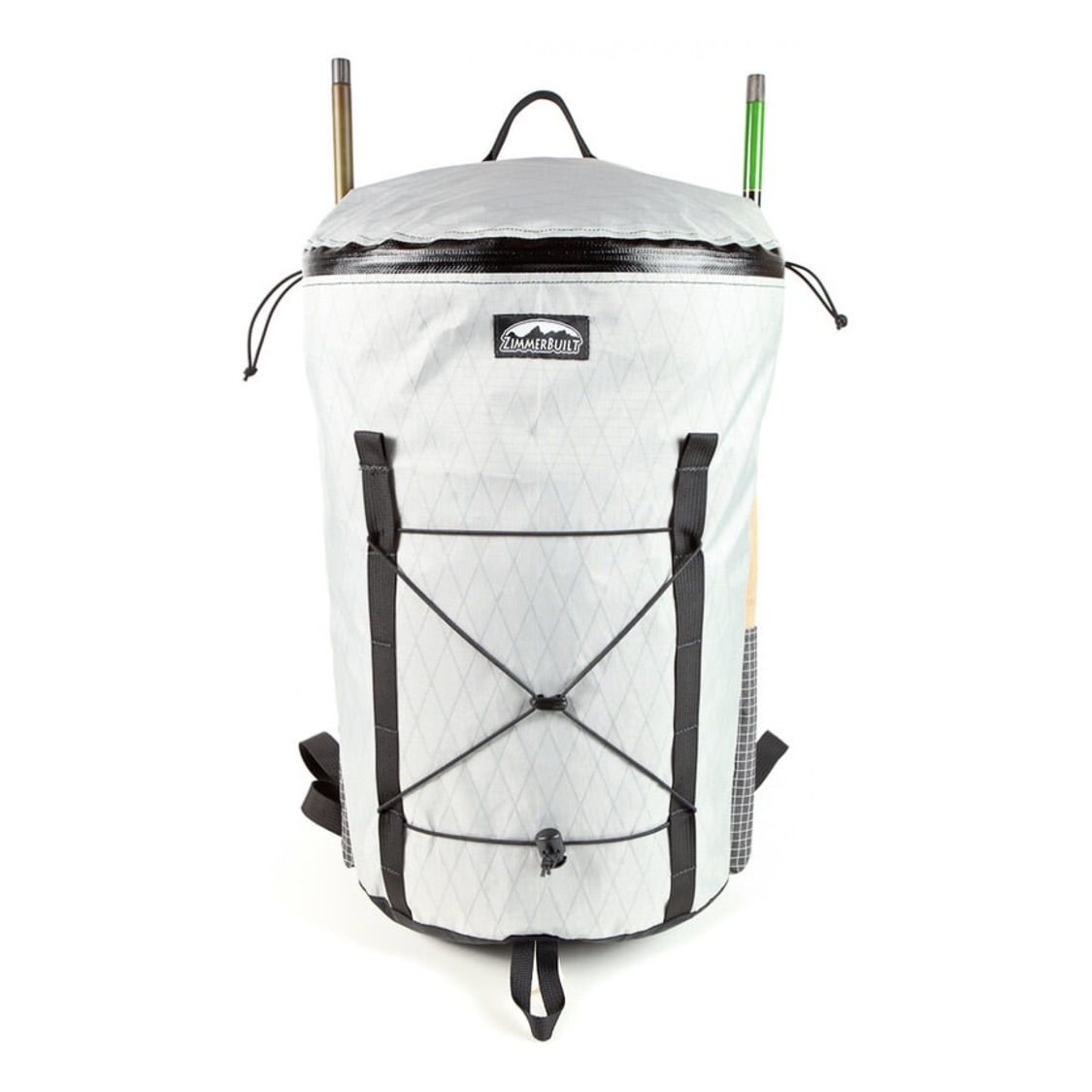 ZimmerBuilt | TailWater P…
ZimmerBuilt | TailWater P… 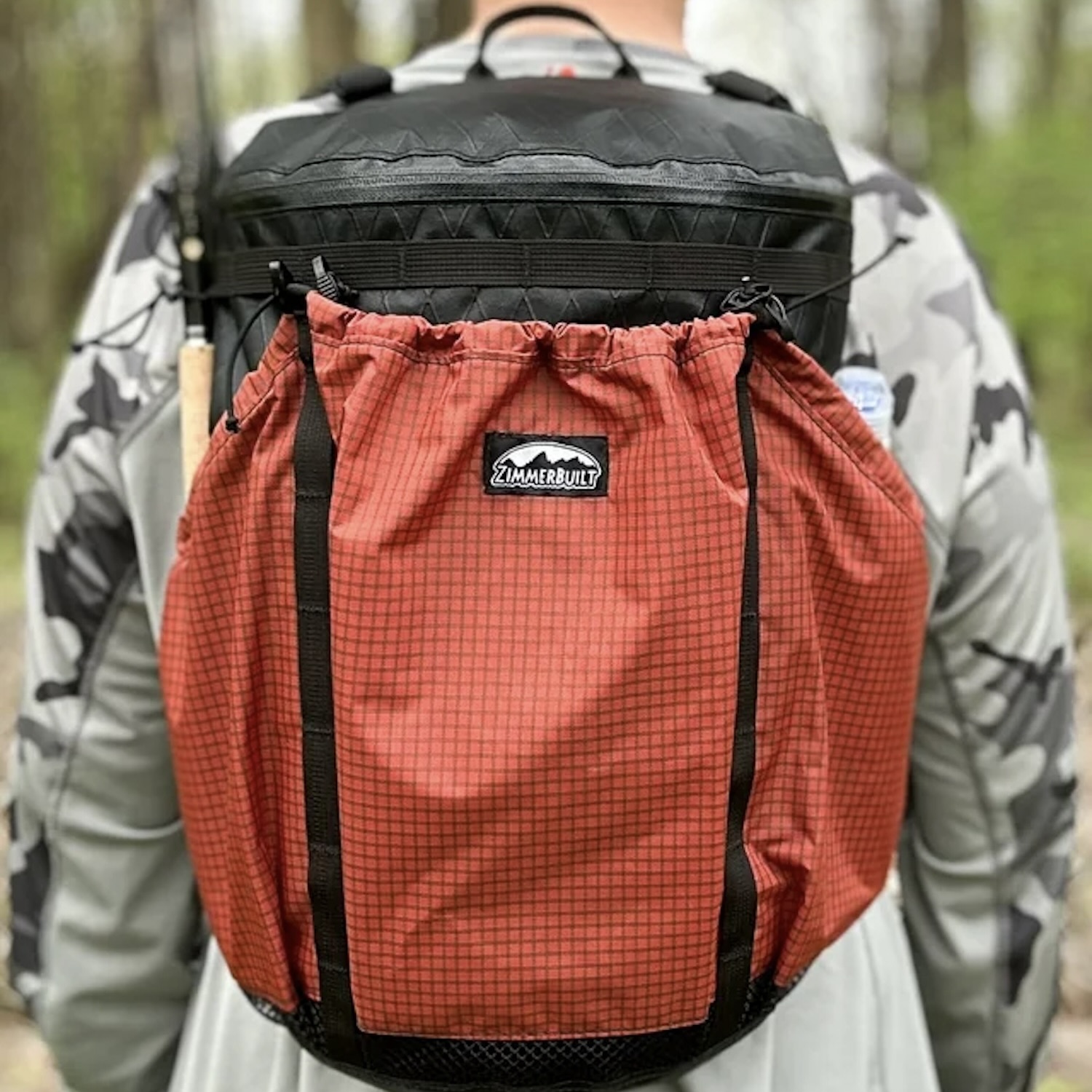 ZimmerBuilt | PocketWater…
ZimmerBuilt | PocketWater… 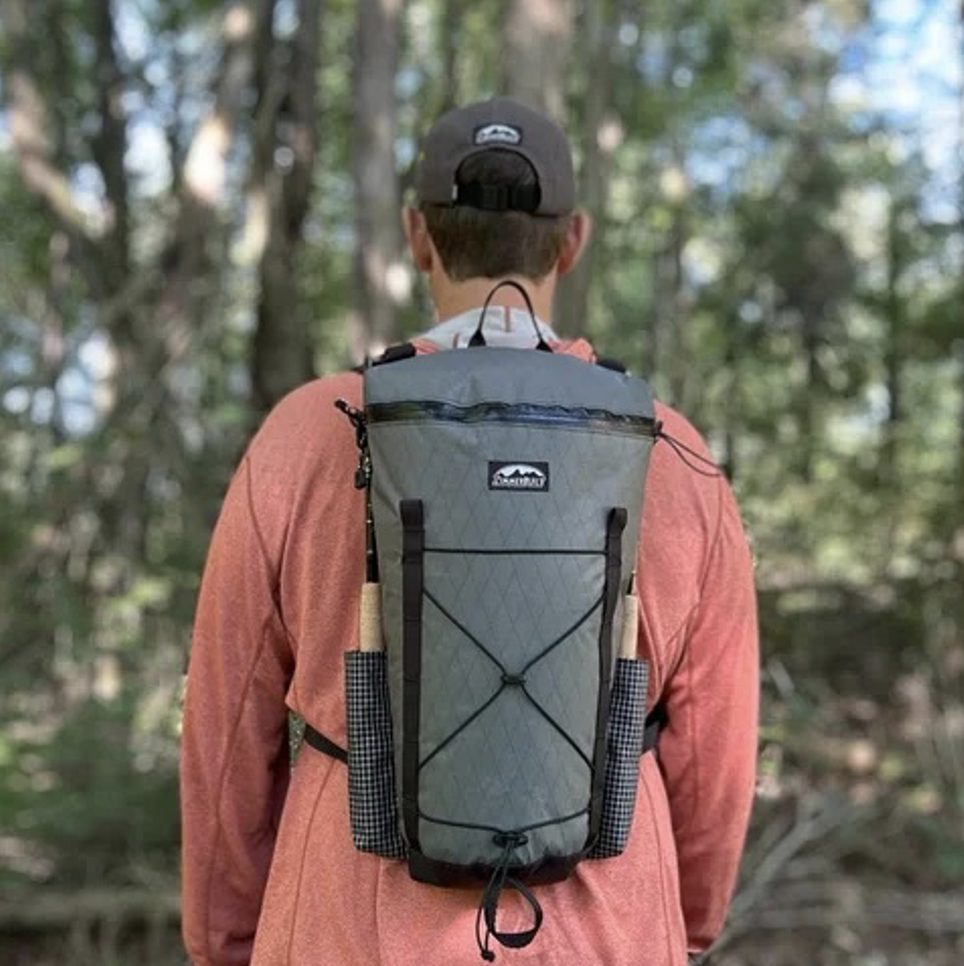 ZimmerBuilt | DeadDrift P…
ZimmerBuilt | DeadDrift P… 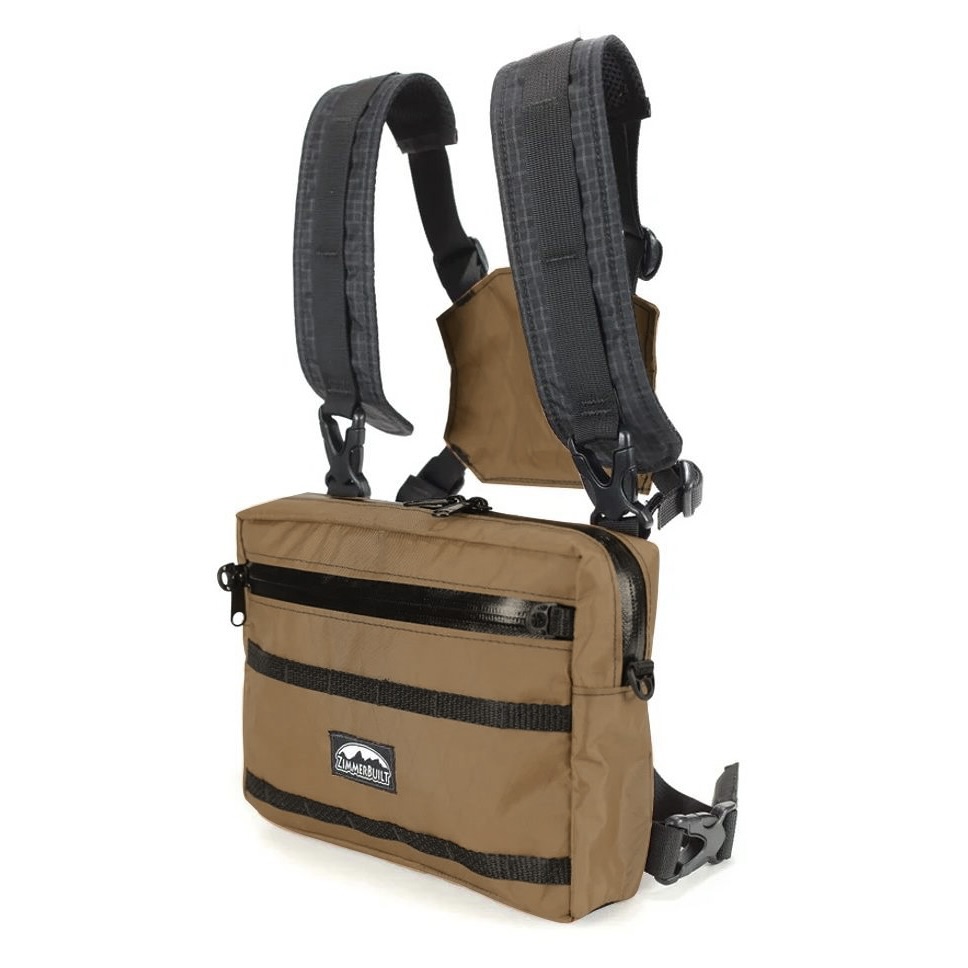 ZimmerBuilt | Arrowood Ch…
ZimmerBuilt | Arrowood Ch… 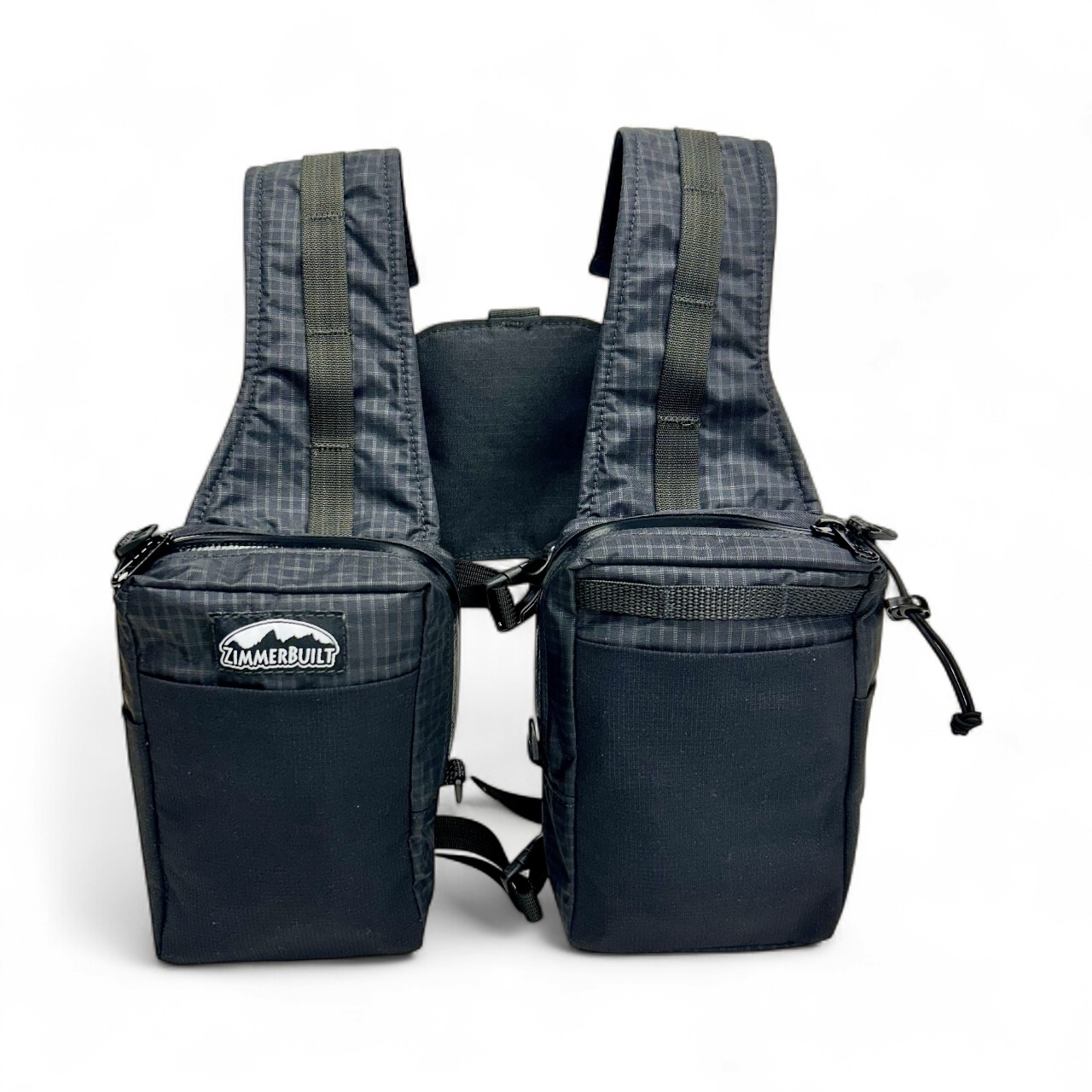 ZimmerBuilt | SplitShot C…
ZimmerBuilt | SplitShot C… 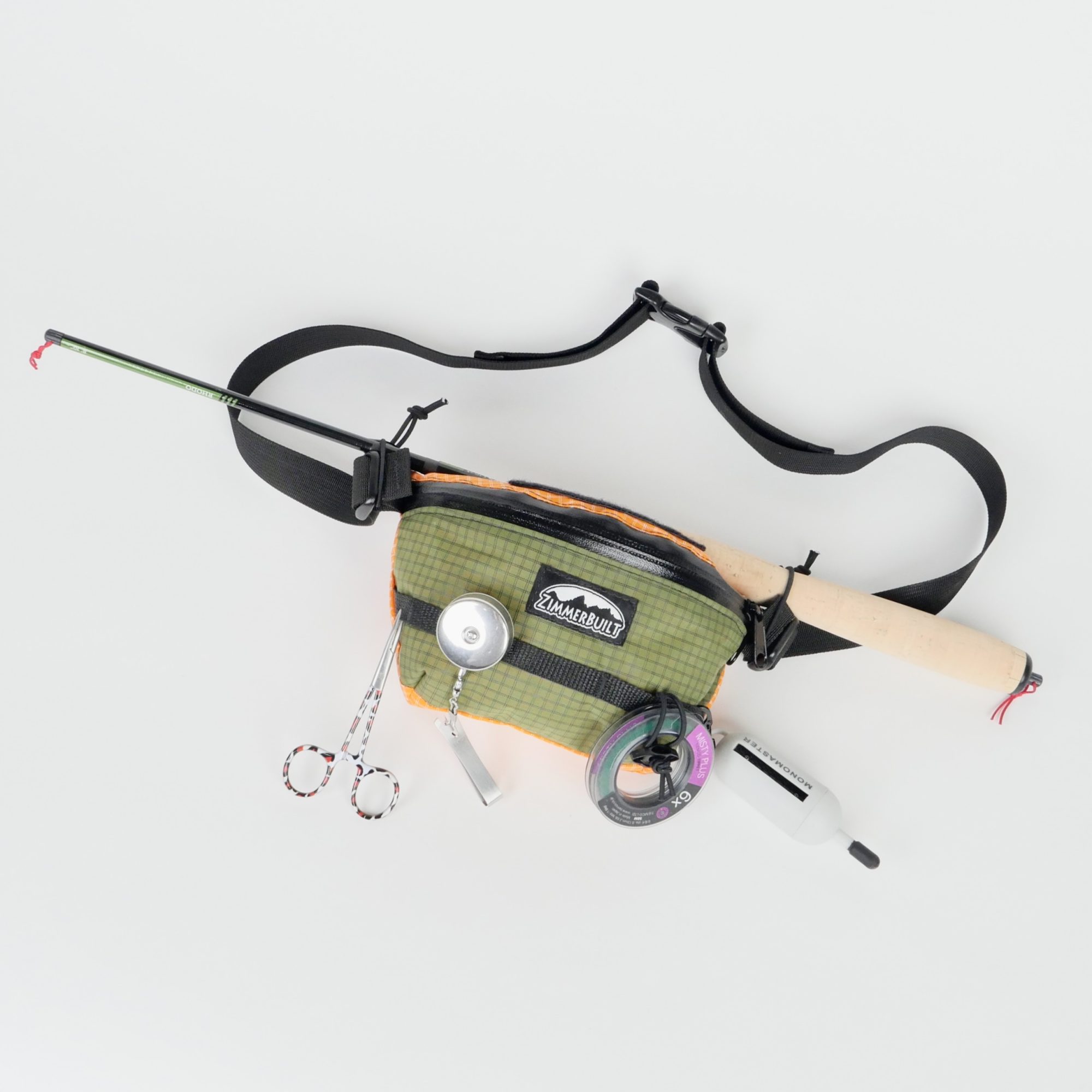 ZimmerBuilt | Darter Pack…
ZimmerBuilt | Darter Pack… 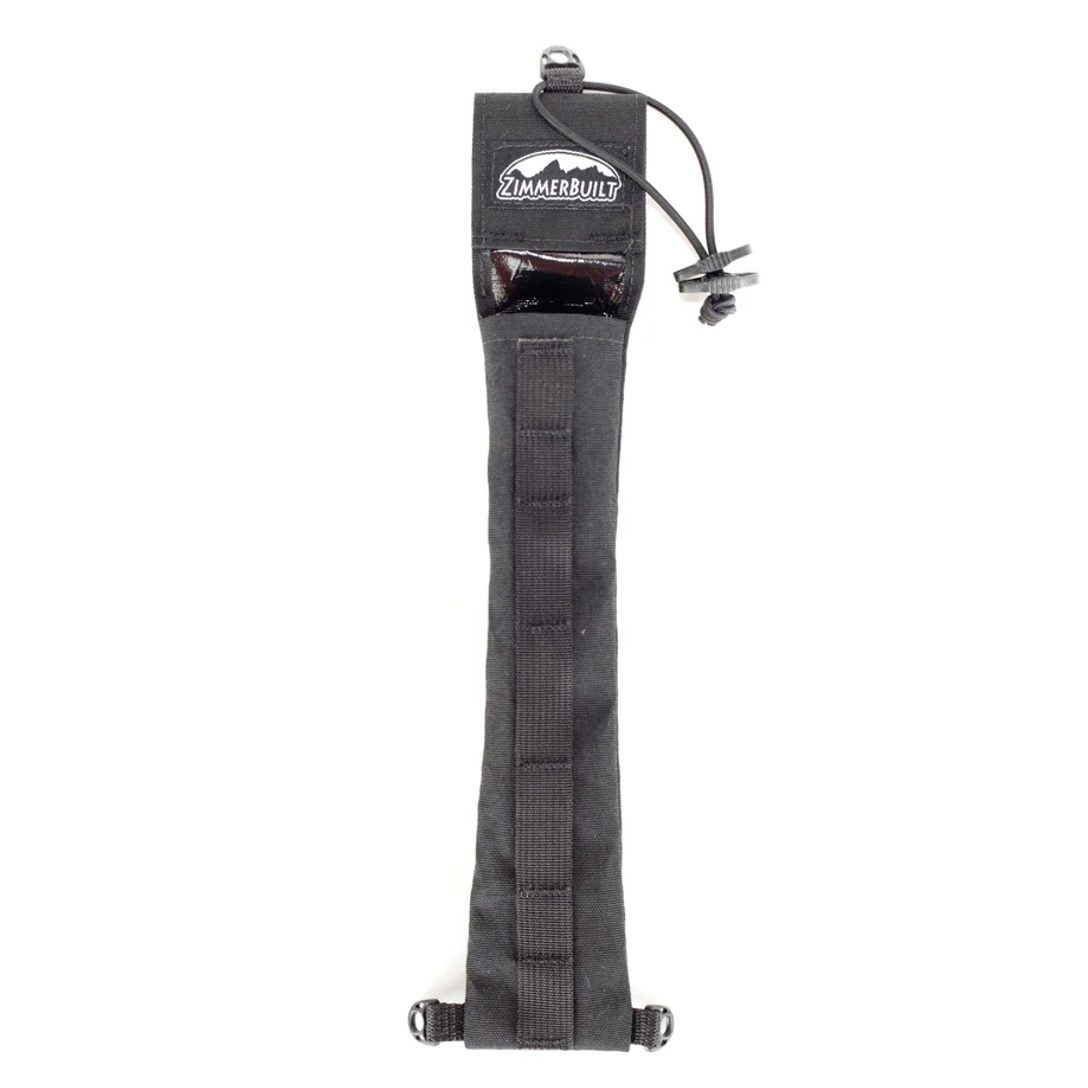 ZimmerBuilt | QuickDraw (…
ZimmerBuilt | QuickDraw (… 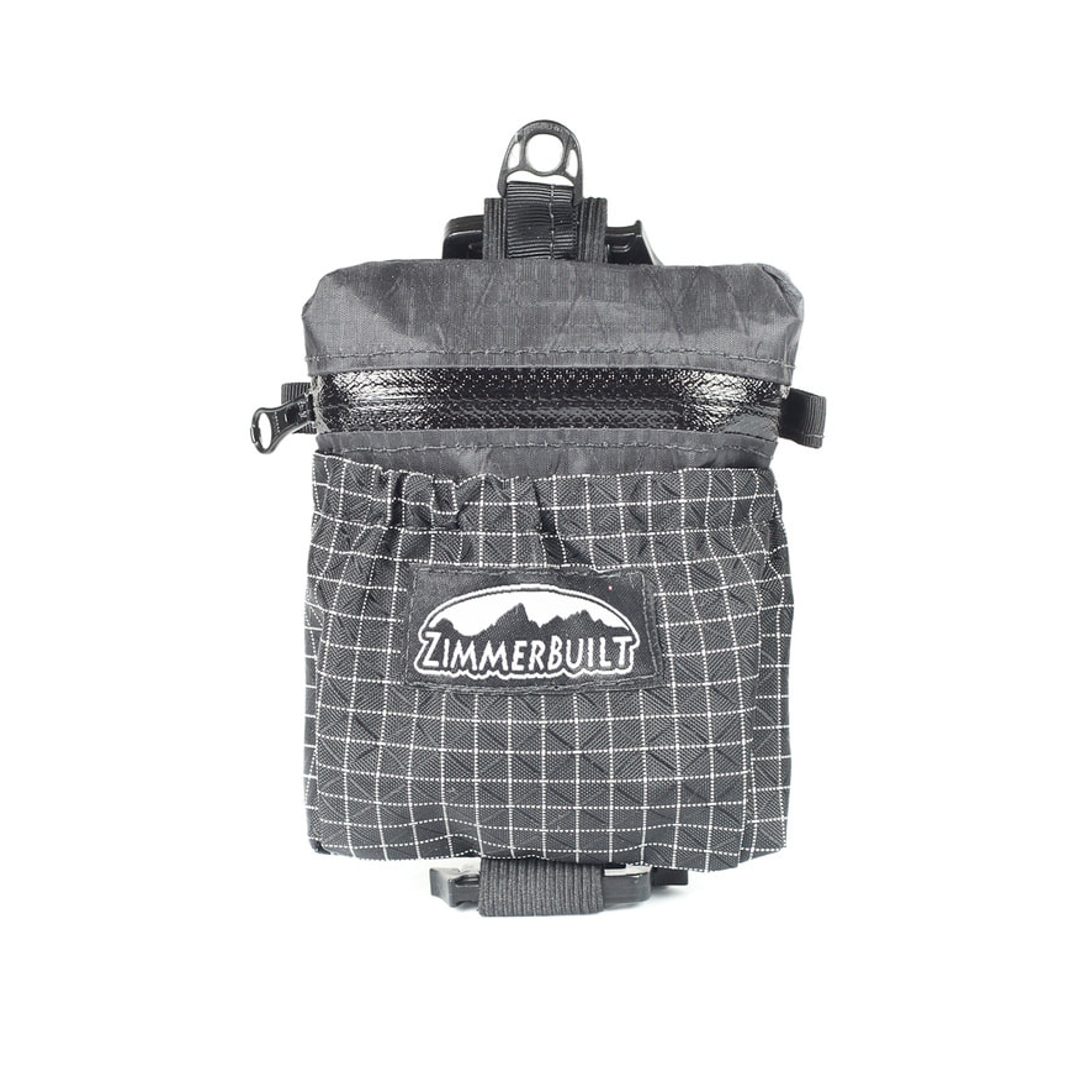 ZimmerBuilt | Micro Pack …
ZimmerBuilt | Micro Pack … 

